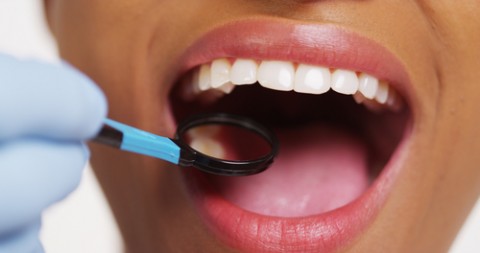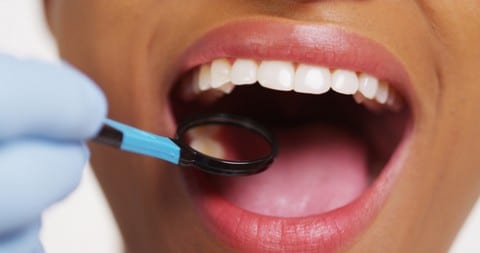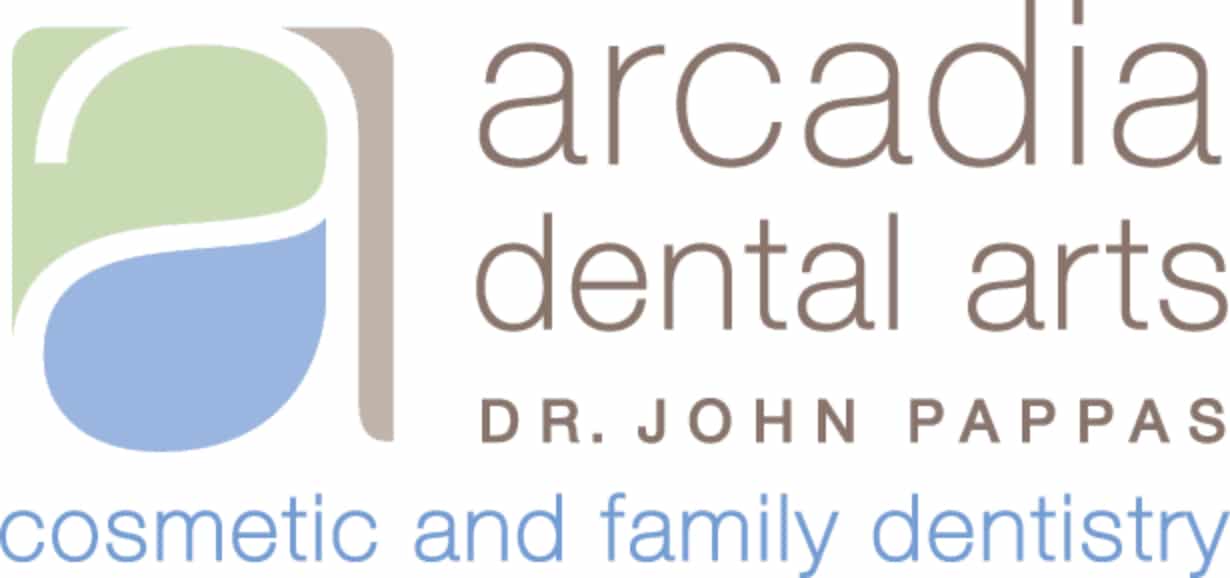
It makes sense that so much time, money and effort is currently being poured into finding ways to prevent cavities rather than just waiting until they occur and struggling to save the affected teeth . The fluoridation of public drinking water, listed by the CDC as one of the greatest public health achievements of the 20th century, had a big impact on the cavity rates in the country, but as the numbers show, it’s still not enough.
Researchers from the University of California San Francisco have developed a scientific approach aimed at reducing cavities and tested it in “real-world” dental applications. Their study, published in Advances in Dental Research, followed 20 dentists over the course of two years as they treated over 450 patients using their scientific approach to cavity prevention called Caries Management By Risk Assessment, or CAMBRA.
The CAMBRA Method
The CAMBRA method was created in 2003 through the University of California San Francisco School of Dentistry and since then has continued to be studied to determine the potential for cavity reduction on a large scale.
“The first step in the process is to evaluate a patient’s history, including dental and general medical histories,” said Dr. John Pappas, founder of Arcadia Dental Arts in Phoenix, Arizona.
“The next step is to perform an exam to determine if cavities are present and what the individual patient’s risk level is for cavity development,” he said. “Things like bacteria prevalence, snacking habits and saliva production are some of the most important factors in determining risk levels.”
After the exam and assessment are complete, the dentist determines a plan that consists of behavioral and chemical treatments in order to help protect the patient from future cavities along with addressing any current complications the patient may be experiencing. Some common components of this treatment phase include prescription fluoride toothpaste, chlorhexidine mouth rinse, xyitol mints and fluoride varnishes.
At the conclusion of the study, only a quarter of the 242 patients determined to be high risk at the beginning of the study were still considered high risk. This shows that the CAMBRA method likely helped three quarters of the high-risk patients lower their risk for developing caries using a combination of risk assessment and behavioral and chemical treatments.
“Preventing the development of cavities and lowering risk factors could make a huge difference in the dental community,” said Pappas.



